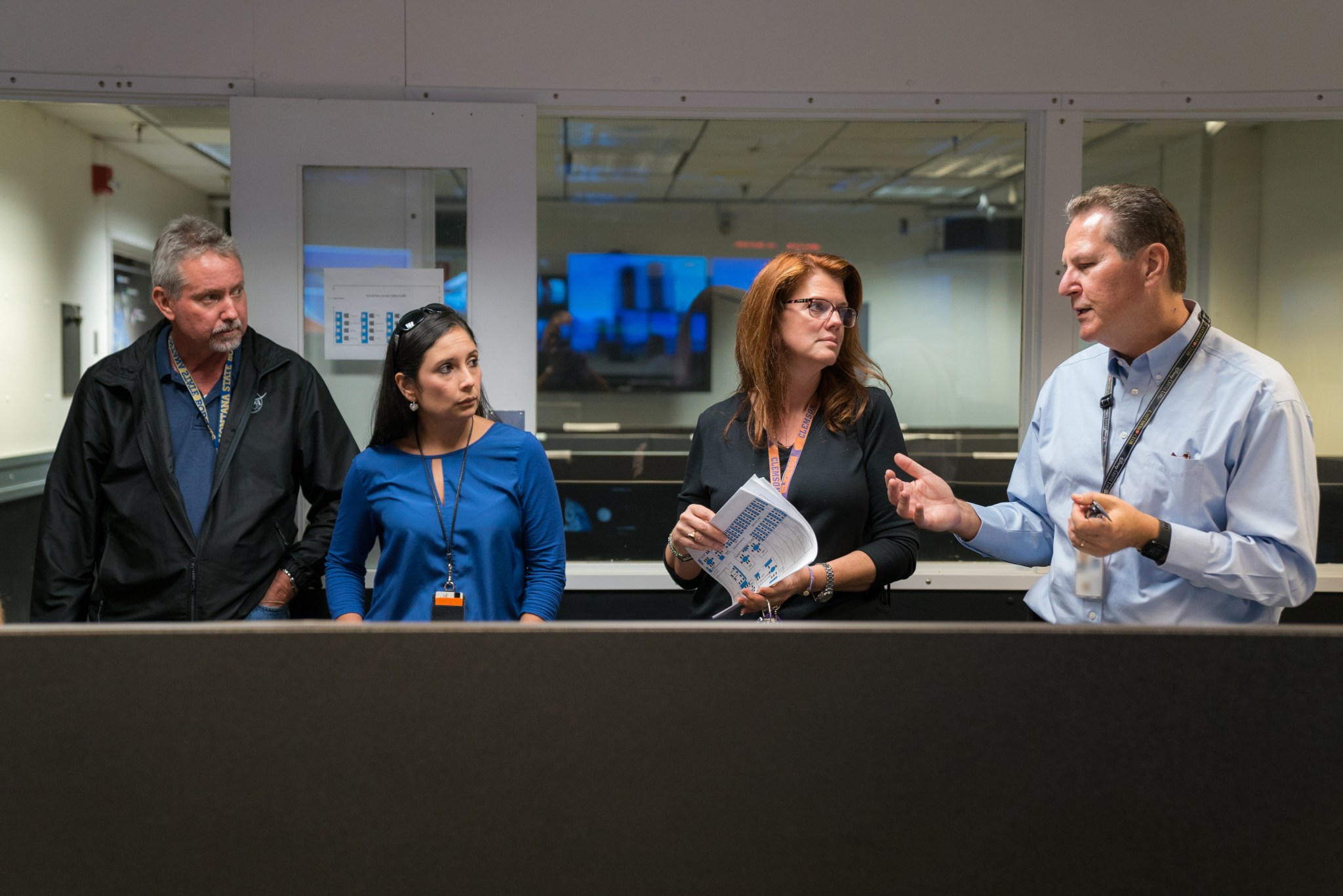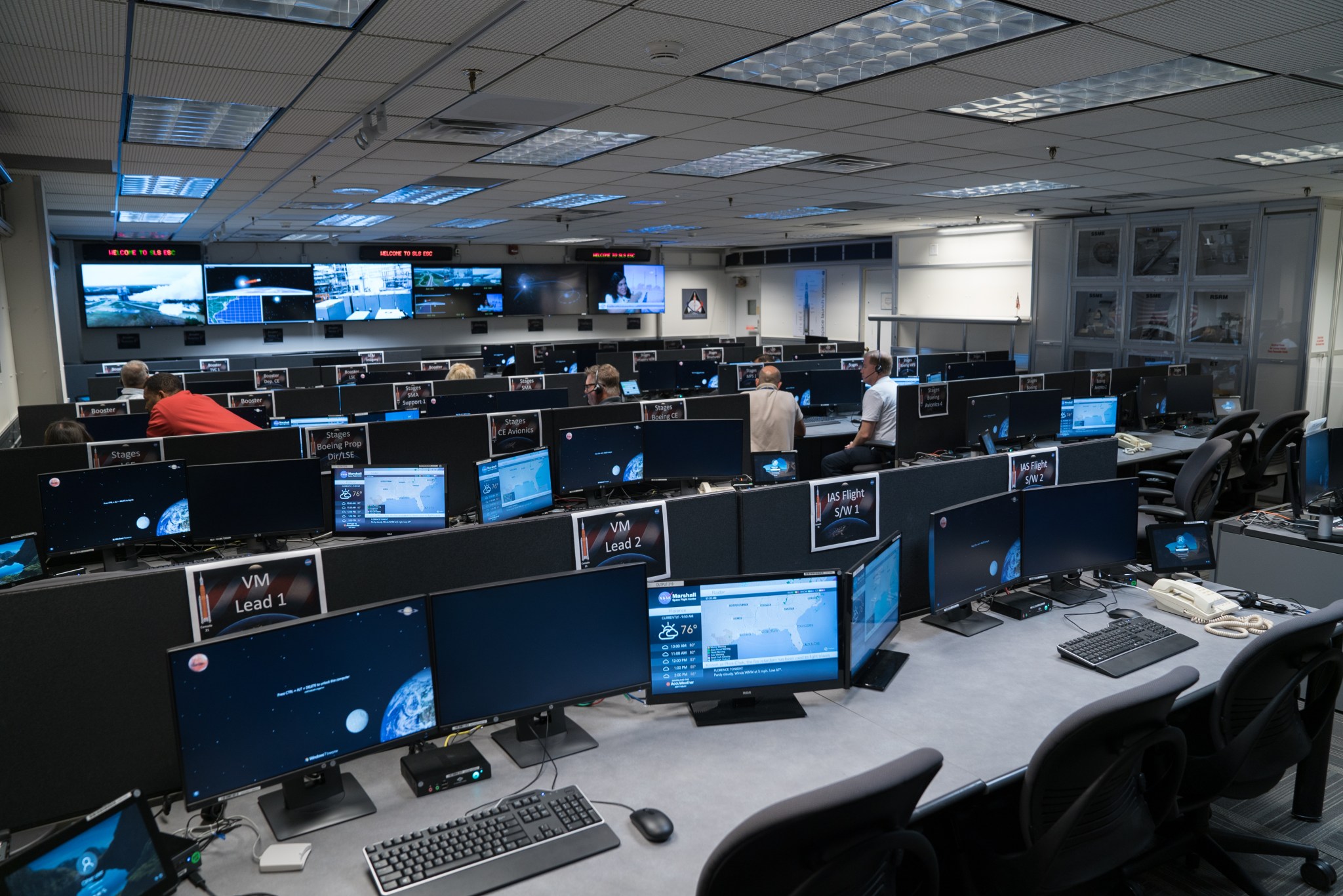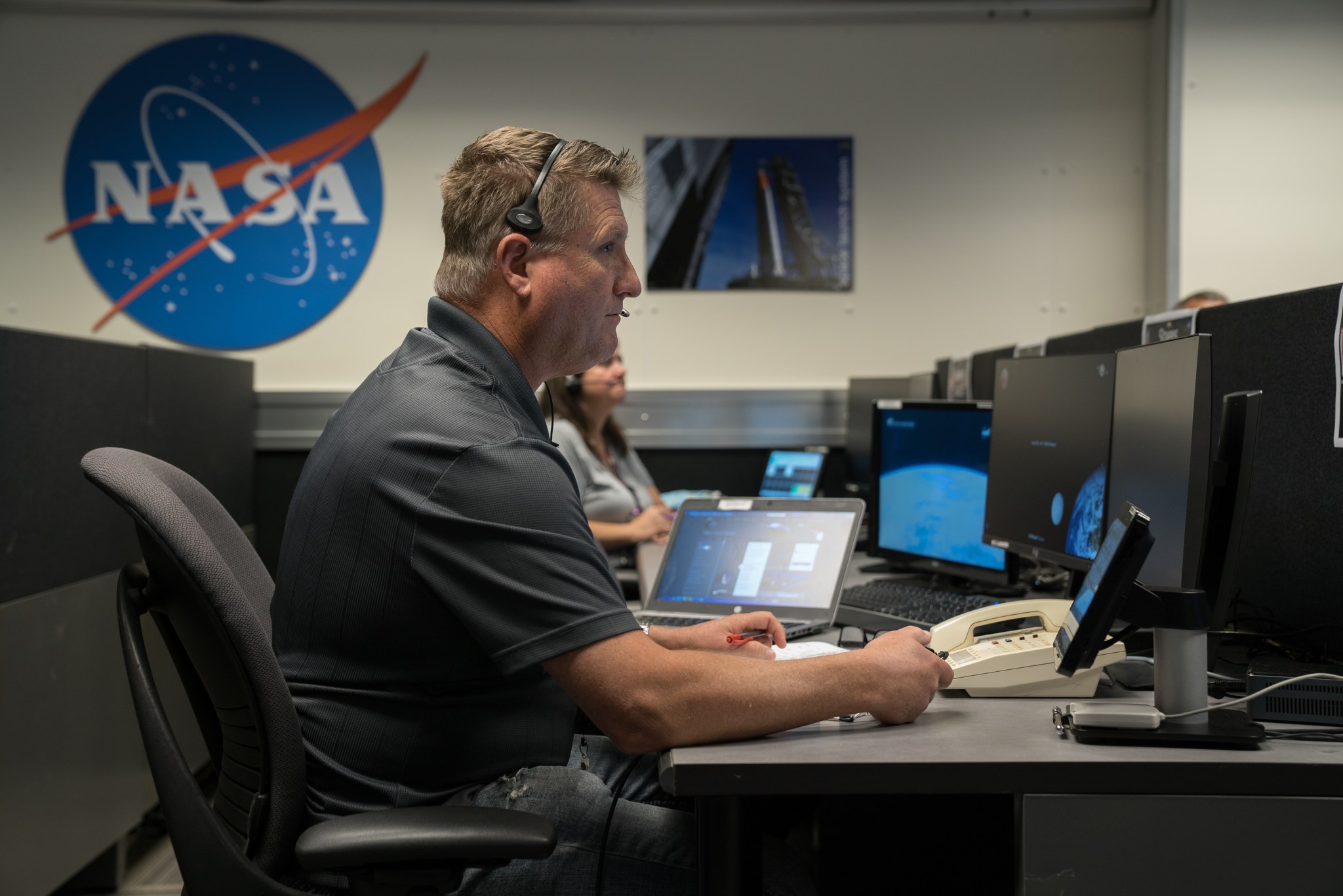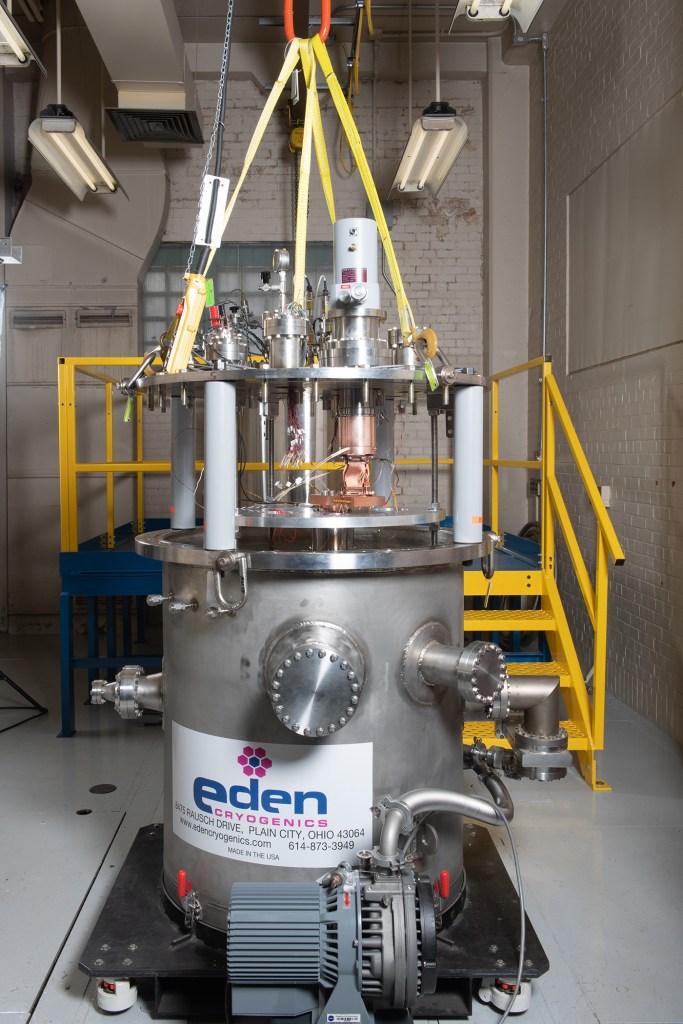
A historic facility at NASA’s Marshall Space Flight Center in Huntsville, Alabama, has been updated to support missions of the agency’s Space Launch System, the world’s most powerful rocket.
As an American rocket sends people to the Moon on bold new missions, the room once used to support missions for the Saturn V rocket and the space shuttle will begin operations with the first flight of SLS and Orion on Artemis I. Teams in the new SLS Engineering Support Center will provide critical support from the ground to monitor data and help solve challenges during the launch countdown and flight.
“The support center allows experts who designed and built the Space Launch System to work together, saving agency resources by minimizing the need for travel to the NASA Kennedy Space Center launch site in Florida,” said Garry Lyles, the SLS chief engineer who will be leading the SLS engineering support team from Huntsville on launch day. “We can monitor the rocket’s health with sophisticated new equipment, and should an issue arise, we can reach out to other NASA centers and contractors to perform in-depth analysis to help decision-makers in the launch control center at Kennedy.”

The technology has advanced tremendously over the last several decades, enhancing the center’s overall goal to support a successful launch. While the data stream during the shuttle era consisted of no more than one megabit per second, the support center will receive more than 25 times that amount of data for SLS.
“Voice communications among NASA centers as well as vehicle imagery and data used to monitor the rocket’s health have all been upgraded so we can perform at a higher level in support of Space Launch System missions,” said Jeff Spencer, lead of the SLS Program Vehicle Assembly and Integration Office.
Engineers in the support center are laser-focused on the propulsion system — the engines, boosters and core stage that will produce 8.8 million pounds of thrust to get to orbit, and the flight computers that control the rocket’s journey. After the boosters and core stage drop away, their focus will be on the in-space stage that will fire its engine to speed up Orion so it can reach the Moon.
One of the center’s key roles is to “keep an eye” on the rocket with cameras on the ground and on the rocket. With lower resolution video capabilities updated to high resolution, the center can check for debris during pre-launch and ice build-up as liquid oxygen and liquid hydrogen are pumped to propel the rocket.
Voice communications in support centers use “voice loops” that are linked together by satellites and allow all the different groups involved in launch and preparation to communicate via audio channels. While support centers in the shuttle era could loop in about 20 groups, the SLS Engineering Support Center will be capable of connecting up to 156. The upgraded voice system allows for wired and internet connections without any significant delays.
Video capabilities and voice communication are both necessary roles of the support center, but the most important role is providing technical expertise to the Launch Operations team located in the Launch Control Center in Florida and the Flight Operations team located at the Mission Control Center in Houston. To accomplish this, the SLS Engineering Support Center team will use thousands of measurements to address any issues that arise and provide a recommended course of action to the lead operations team. The engineering support center will also verify environmental conditions meet safety limits necessary to successfully fly the rocket through the atmosphere, including temperatures, pressures and speeds.

Artemis I is an uncrewed mission, and the data received will allow NASA to learn as much as possible about the rocket before crew are on board with the second mission.
“As Marshall engineers who helped design and build the rocket, we need this data because, until NASA actually launches the vehicle, we can only predict how it will perform,” said Spencer. “Seeing that actual data as the rocket comes alive and lifts off will be thrilling, but more importantly, this first mission will show us exactly how SLS performs in all phases of its ground preparation and flight.”
NASA is leading a return to the Moon through an innovative and sustainable program of exploration to expand human presence into the solar system. Beginning with Artemis I, SLS and Orion will demonstrate the critical backbone capabilities that will carry humans to the Moon and farther into space than ever before on a variety of missions with increasing complexity. SLS’s unprecedented power and volume will also carry the large pieces of hardware needed to build the Gateway and other long-term infrastructure at the Moon and, later, for human missions to Mars.


























